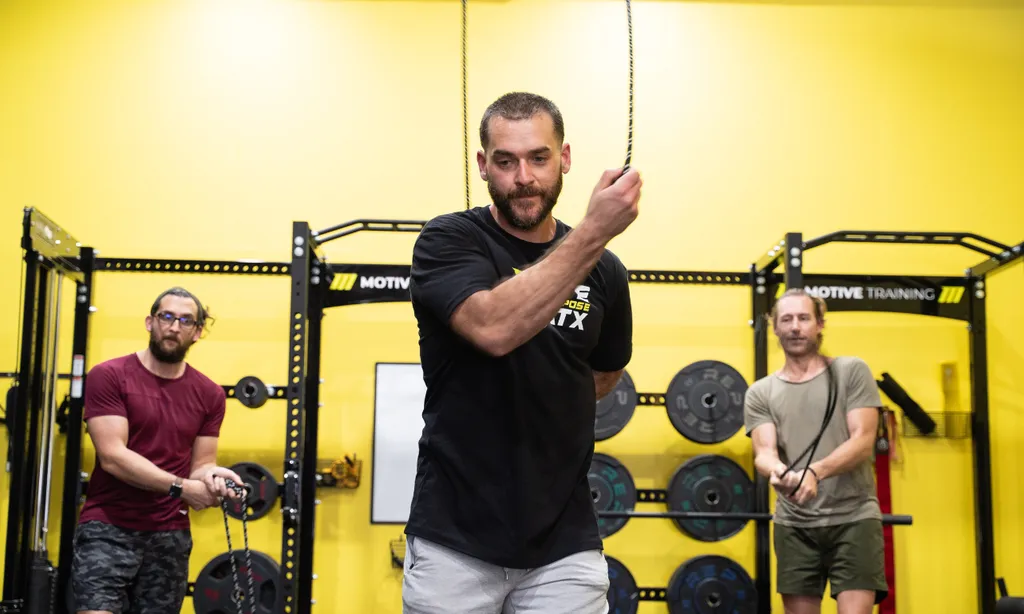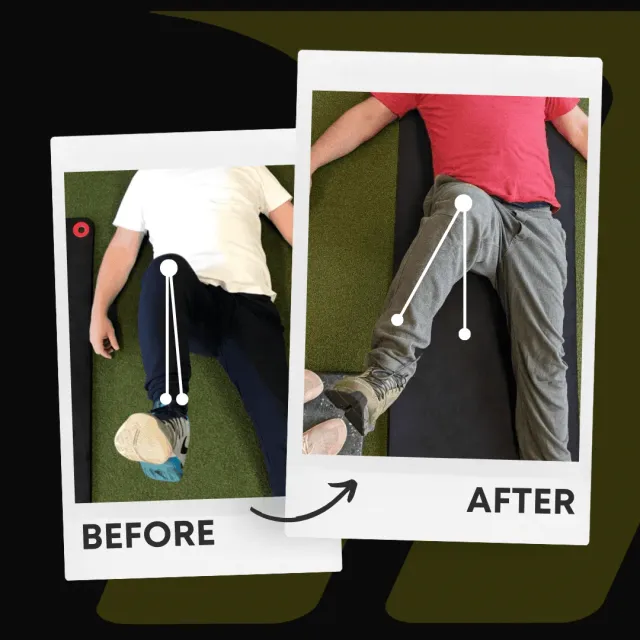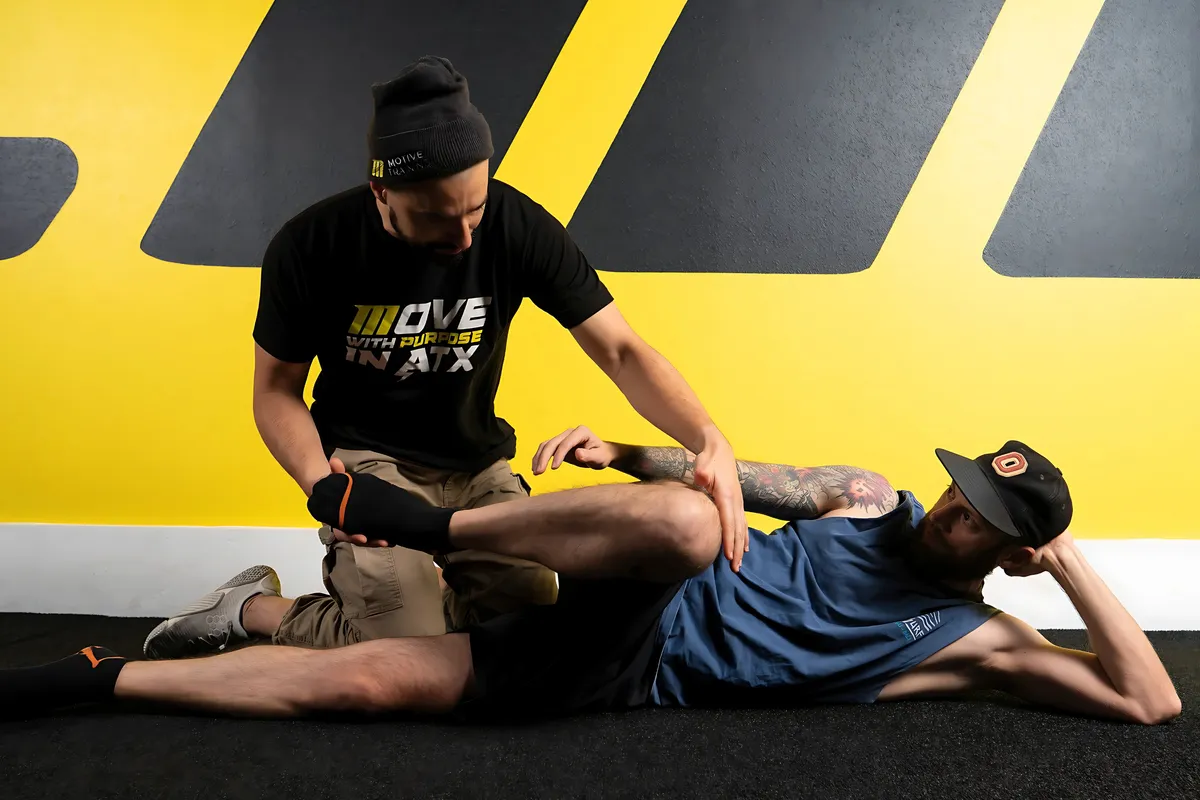Discover Ropeflow: What It Is and Why It's So Unique and Fun
May 4, 2025 | Ropeflow

Introduction to Ropeflow
Ropeflow isn’t just a fitness trend—it’s a movement practice that blends rhythm, coordination, and creativity in a way few workouts can. Born from martial arts and refined through modern movement philosophies, ropeflow uses a weighted rope to guide you through dynamic, flowing patterns. These patterns mimic natural human movements, challenge your coordination, and engage your entire body.
Unlike traditional strength training or cardio, ropeflow taps into primal movement. It trains rotation, timing, and spatial awareness. You don’t just move—you groove. And that groove unlocks better posture, enhanced mobility, and a more intuitive connection to your body.
It’s a refreshing shift from the structured grind of conventional workouts. And if you’ve seen clips online, you’ve probably noticed how fun and hypnotic it looks. But once you try it, you’ll feel why it’s becoming a go-to for movers, athletes, and trainers alike.
What Makes Ropeflow Unique?
Integration of Dance and Exercise
Ropeflow combines rhythmic, dance-like movements with athletic training. It’s not unlike shadowboxing, breakdancing, or tai chi in the sense that you build strength through fluid repetition. The rope becomes a visual feedback tool—you can see where your timing is off and adjust in real-time.
This kind of training hits differently. It’s less about reps and sets and more about presence and pattern. Your muscles are still working, but so is your nervous system. And that balance between physical demand and mindful movement is what makes ropeflow feel more like an art form than a grind.
Focus on Flow and Rhythm
At its core, ropeflow is about sequencing. Each pattern (like the Dragon Roll or the Matador) teaches you to move through space efficiently, using your whole body. As you link movements together, your awareness deepens. You start to feel where your body stiffens, where your rhythm breaks, and where you can improve.
This self-awareness creates the foundation for better movement in everything you do—lifting, running, and even sitting. Ropeflow helps you “own” your motion, not through rigid drills, but through intuitive exploration.
The Benefits of Practicing Ropeflow
Physical Benefits
- Improves rotational mobility, especially through the thoracic spine and hips
- Enhances coordination and timing across the body’s diagonal slings
- Increases shoulder and wrist range of motion without overloading joints
- Strengthens the deep stabilizers (the kind often missed in traditional training)
- Encourages fluid gait mechanics—great for runners, martial artists, and athletes
Many Motive Training clients notice how ropeflow opens up their spine and shoulders in ways that static stretching doesn’t. It’s a form of movement input that builds capacity, not just flexibility.
Mental Benefits
- Promotes mindfulness through pattern recognition and repetition
- Engages the brain with cross-lateral movement (left-right coordination)
- Reduces stress by tapping into a meditative “flow state.”
- Builds self-confidence as new movements are mastered
It’s hard to overthink when you’re focused on nailing a Dragon Roll. That mental break can be just as valuable as the physical gains.
Getting Started with Ropeflow
Choosing the Right Rope
Start with a soft, weighted rope about 8 to 10 feet long, depending on your height. Brands like WeckMethod make great beginner ropes, and we highly recommend them. Use Coupon Code WMA507 to get a discount on your entire purchase today, or buy a beginner rope from WeckMethod using the same coupon code.
Heavier ropes slow the movement down and give better feedback; lighter ropes are faster but more technical.
If you’re just beginning, we recommend starting with a rope that feels balanced in the hand—not too stiff or flimsy. You should feel the resistance as it wraps around your body.
Basic Techniques to Learn
Here are the foundational movements every ropeflow practice should include:
- Race & Chase: Teaches directional control and hand switching
- Matador: Builds rotational rhythm and integrates the hips
- Underhand Sneak: Encourages trunk rotation and arm coordination
- Dragon Roll: Combines everything into a seamless flow
You don’t need to master them all at once. Focus on form, timing, and breathing. Ropeflow rewards patience and consistency.
Incorporating Ropeflow into Your Fitness Routine
Creating a Balanced Workout Plan
Ropeflow can stand alone as a dynamic warm-up or be integrated into a larger session:
- Warm-Up Flow: Use ropeflow to elevate your heart rate and prep joint rotation
- Skill Block: Dedicate 10–15 minutes to refine a specific movement
- Recovery Day Flow: Use ropework to stay active on off days without loading joints
- Mobility Finisher: Cool down with slow, rhythm-based flows to unwind
At Motive Training, we often pair ropeflow with FRC-inspired inputs to help clients unlock tight areas before loading them.
Finding Community and Resources
There’s a growing global ropeflow community, with Instagram, YouTube, and Discord groups sharing tutorials, flows, and challenges—search terms like “ropeflow beginner drills” or “daily ropeflow routine” to get started.
If you’re in Austin, we host ropeflow workshops at Motive Training that break down the basics and get you flowing with confidence—no experience needed.
Conclusion
Ropeflow sits at the intersection of art, movement, and athleticism. It’s not just a way to work out—it’s a way to explore your body, reduce tension, and reintroduce play into your fitness routine.
Once you feel the rhythm click, you’ll get why people love it. It’s weirdly addicting in the best possible way. You’re not just swinging a rope—you’re reconnecting with how your body is meant to move.
Written by
Brian Murray, FRA, FRSC
Founder of Motive Training
We’ll teach you how to move with purpose so you can lead a healthy, strong, and pain-free life. Our headquarters are in Austin, TX, but you can work with us online by signing up for KINSTRETCH Online or digging deep into one of our Motive Mobility Blueprints.

